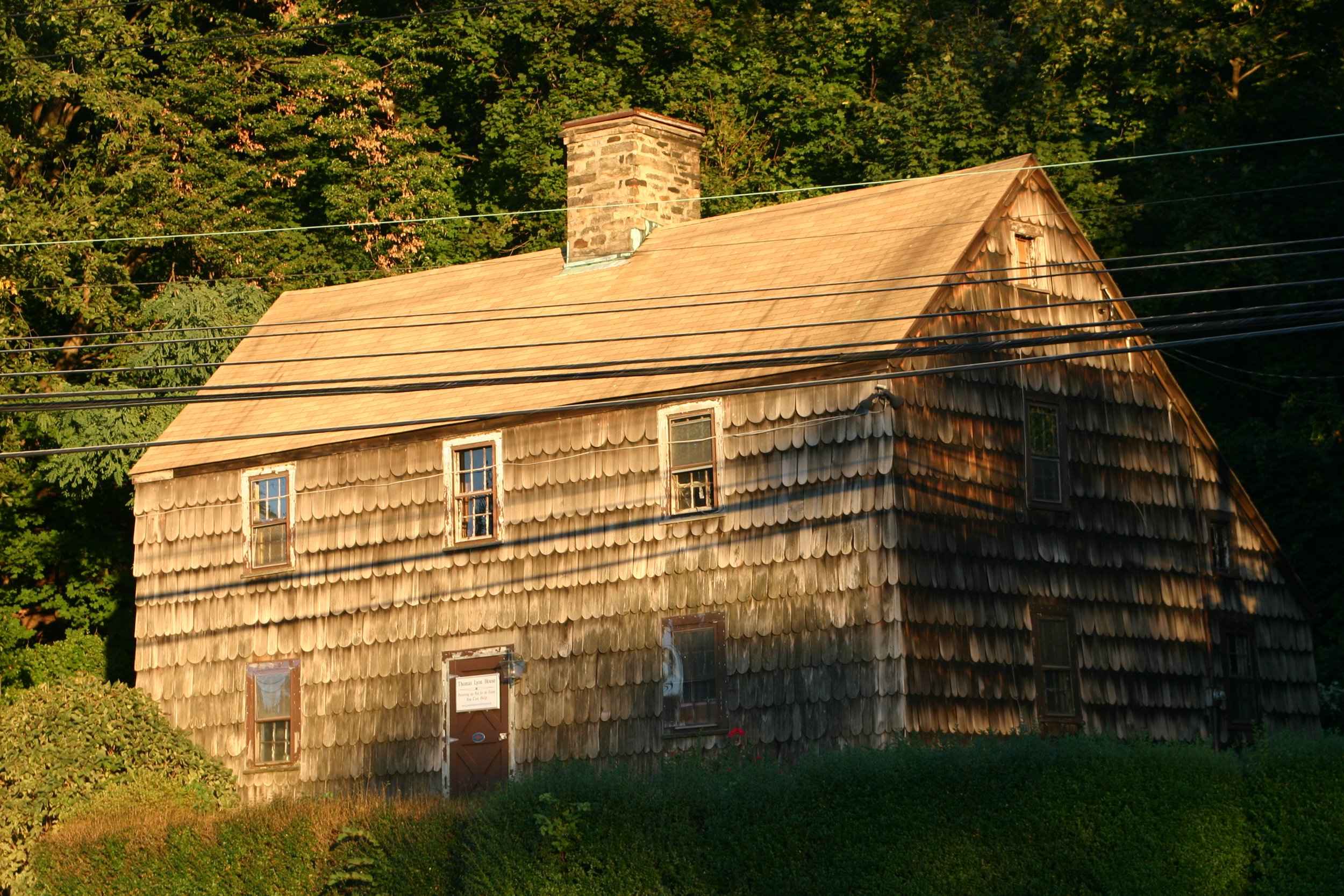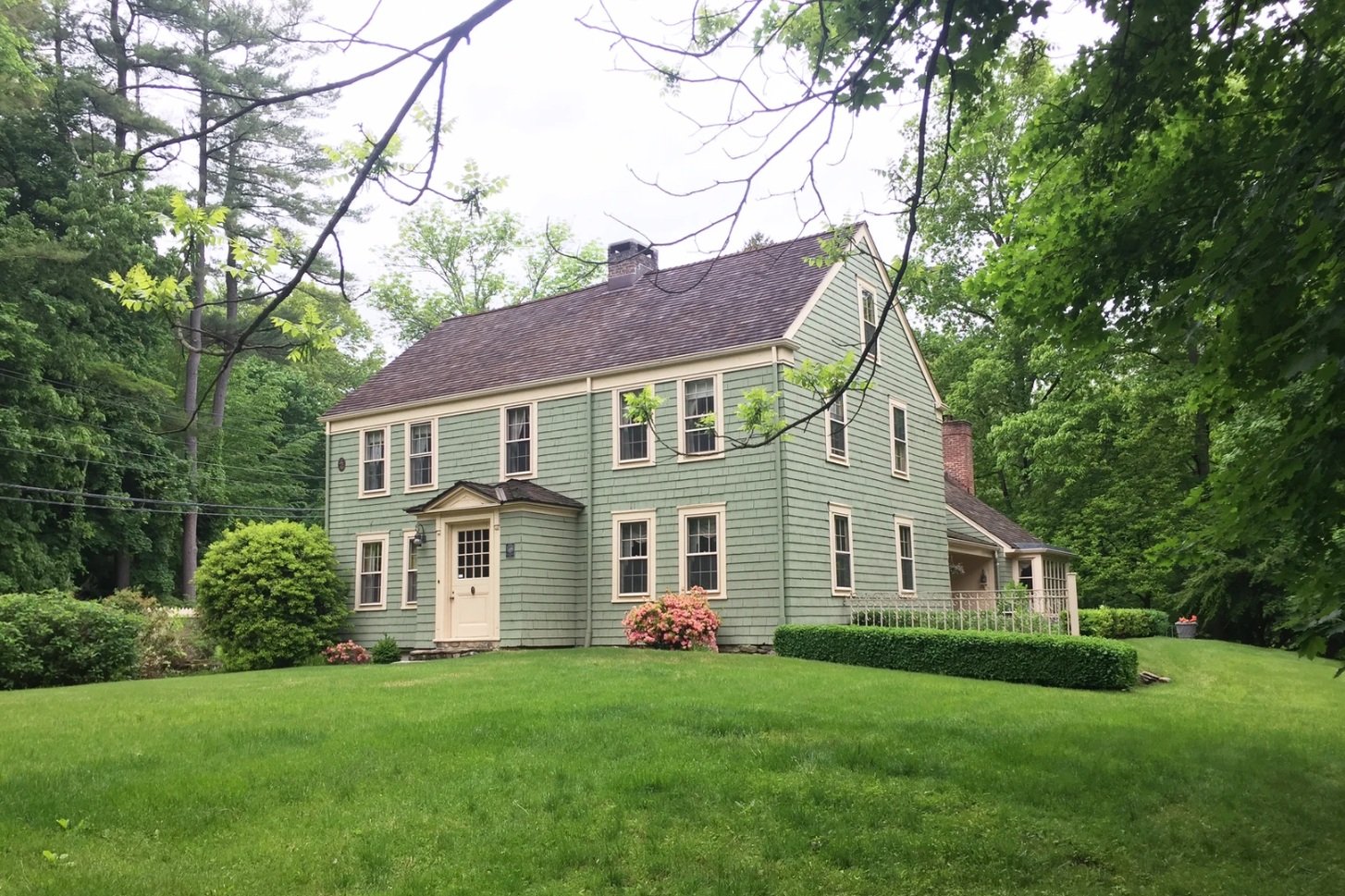Historical Homes in Greenwich, CT: Exploring Greenwich’s Rich Architecture and History
Walking through Greenwich, Connecticut, will have you captivated by the diverse architectural styles and luxe homes! From Georgian and Federal to Colonial Revival and Victorian, each style speaks to a different era and cultural influence.
The Mead Homestead, a stunning Georgian mansion, exudes elegance with its symmetrical design and intricate detailing. On the other hand, the Bush-Holley House, a Colonial Revival gem, tells the tale of the Cos Cob art colony and its influence on the town's cultural development.
If you’re a history buff or an architecture lover like me, you’ll find the stories behind Greenwich’s historic homes fascinating! Our town boasts a rich history – one that deserves to be shared and celebrated.
As a real estate agent in Greenwich, I always keep a pulse on homes in the area, whether that be a new development or historic home that’s up for sale. So much so, I actually have an ongoing Greenwich History series over on my Instagram!
Keep reading to join me on a leisurely (virtual) stroll through Greenwich's storied neighborhoods, uncovering the captivating stories behind some of the most charming historical homes… And one home that’s made recent history!
French Farm
Photos: Historical Properties of Greenwich
The French Farm was actually the first Greenwich property to be designated by the U.S. Department of the Interior on the National Register of Historic Places in 1973. The farm is one of the few intact farm complexes from the "Great Estates" era – an era that has famously defined Greenwich as a whole.
What separates it from other homes in that era is its planning. The complex is made up of six different buildings, which you'd think took several reconstructions. In reality, the entire farmscape was designed by one architect, who strategically placed each building and each unique detail. Its main common element is the white, stuccoed walls of all six buildings, constructed of hollow-tile.
As a part of Greenwich’s efforts to preserve local history, this home was protected in 2012 by Historic Properties of Greenwich. In 2019, the Greenwich Country Day School acquired the Farm, providing educational opportunities for all of its students.
The Thomas Lyon House
Photo: Wikipedia
With its distinct saltbox architecture, the Thomas Lyon House is an iconic representation of Colonial design. Its steeply sloped roofline and central chimney showcase the practicality of the period.
It is the oldest unaltered Colonial house in Greenwich. Built circa 1695, it remains relatively unchanged from its original design. Threatened with demolition in 2007, members of the Greenwich Preservation Trust saved the home from the wrecking ball.
To learn more about how to help preserve it, head to the Greenwich Preservation Trust website.
The Bush-Holley House
Photo: Stanton House Inn
As the nucleus of the Cos Cob art colony, this Colonial Revival beauty holds immense cultural significance. Its white façade and wide porch exude a sense of artistic community that shaped Greenwich's heritage.
A circa 1730 National Historic Landmark, the home’s origin extends back to the early 18th century. The residence survived the war on the frontier between loyalist New York and patriot Connecticut – how amazing is that?!
The Gershome Lockwood III House
The Gershome Lockwood III House is one of the twelve oldest homes in Greenwich that have maintained an architectural integrity of the time of its original construction. It has been restored and updated twice – once in 1922 and again in 1967. In 1922, a kitchen wing and front entry porch were added to the home.
Photos: Historical Properties of Greenwich
The alterations made in 1967 increased the home's living space, but all additions were designed to stay true to the original structure.
This home was recognized as a local historic property in 2016 by the Historic Properties of Greenwich, making it the most recent home to receive this recognition!
Copper Beech Farm
Although it has not received the distinction of being a historical home, Copper Beech Farm has definitely made history! In 2014, this 51-acre property set a record as the most expensive single-family home to ever hit the U.S. real estate market.
Built in 1898, this home was owned for nearly all of the 20th century by the Lauder Greenway family. You might recognize the family’s most famous names, George Lauder and Andrew Carnegie!
Photo: Greenwich Time
Not only was it the most expensive listing to hit the market, but, at the time, it also held the record for the most expensive property ever sold in the U.S. Want to take a guess at the sale price?
It was listed for $190 million, and it sold for $120 million.
What Makes a Home Historic in Greenwich, CT?
Maintaining historical homes is not just about bricks and mortar; it's about preserving the stories that these homes hold. Fortunately, Greenwich's residents have embraced this responsibility with open arms. Local organizations like the Greenwich Historical Society and the Historic Properties of Greenwich work tirelessly to ensure that these historical homes are not just preserved but cherished.
Greenwich Historical Society
Photo: Stanton House Inn
In the spirit of preserving Greenwich’s history, the Greenwich Historical Society offers several opportunities for keeping our community connected to the past, to the future, and to each other.
The Bush-Holley House is the core of the Historical Society, with galleries and archives open to the public, too. To learn more about its offerings, head to the Greenwich Historical Society’s website.
Historic Properties of Greenwich
The Historic Properties of Greenwich, or HPG, promotes the permanent protection of qualified historic buildings and homes through the Local Historic Property designation. Although it is phenomenal to see the architectural progress being made in Greenwich, local groups and residents rightfully want to see our town’s rich New England tone and appearance continue for generations to come.
Greenwich has hundreds of eligible historic structures, including many homes around town. As we’ve seen, Greenwich is a town with a rich history that's reflected in its stunning collection of historical homes.
From Colonial simplicity to Victorian grandeur, these homes are living artifacts that connect us to the past. As you walk through the streets of Greenwich, we're not just admiring architecture; we're witnessing the evolution of a community, the stories of generations, and the lasting beauty of a town that values its heritage.
Want to see these homes for yourself? Reach out, and I’ll take you on a personal tour of the town (and some of my latest listings, too)!









